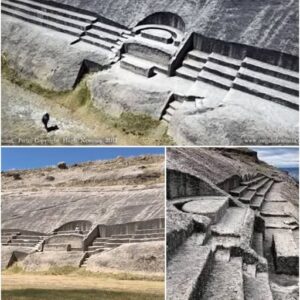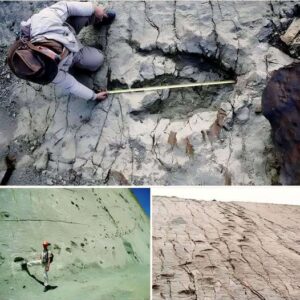In 1943, workers at a quarry in the English Midlands stumbled upon a shocking find – the decapitated skull of a woman surrounded by animal bones and even a mammoth tooth. This intriguing discovery sparked a wave of excitement in the scientific community and captured the attention of the British press, who affectionately dubbed the skull “Greta” and “Eve of England.” The skull was swiftly sent to renowned anthropologist Sir Arthur Keith for analysis, where it was determined that it belonged to a woman and was over 10,000 years old, making it the oldest-known skull in the country and one of the oldest in the world.
Greta’s captivating tale continued as she found a new home in a regional museum for public display. However, fate had other plans for Greta as the museum closed its doors in 1980, leading to her unfortunate disappearance into obscurity. It wasn’t until two years ago that an intrepid anthropologist embarked on a quest to track down the missing skull, eventually uncovering her hidden away in a dusty cupboard.

The plot thickened with the recent revelation from radiocarbon dating, indicating that Greta actually hails from a much more recent era – the time of the Norman Conquest, less than 1,000 years ago. This unexpected twist has cast a shadow of doubt over Greta’s true origins, leading to speculation that she may be at the center of one of the greatest hoaxes in British anthropology.
The controversy surrounding Greta’s true age and origins has ignited a fierce debate among scholars and experts in the field. Some argue that the misdating of the skull calls into question the veracity of past scientific assessments, while others see it as an opportunity to reexamine and reinterpret the existing narrative surrounding this enigmatic archaeological find.
As Greta’s story continues to unfold, one thing remains clear – the mysterious skull has managed to captivate the imagination of both the public and the academic community alike, leaving us with more questions than answers about her true identity and place in history.





